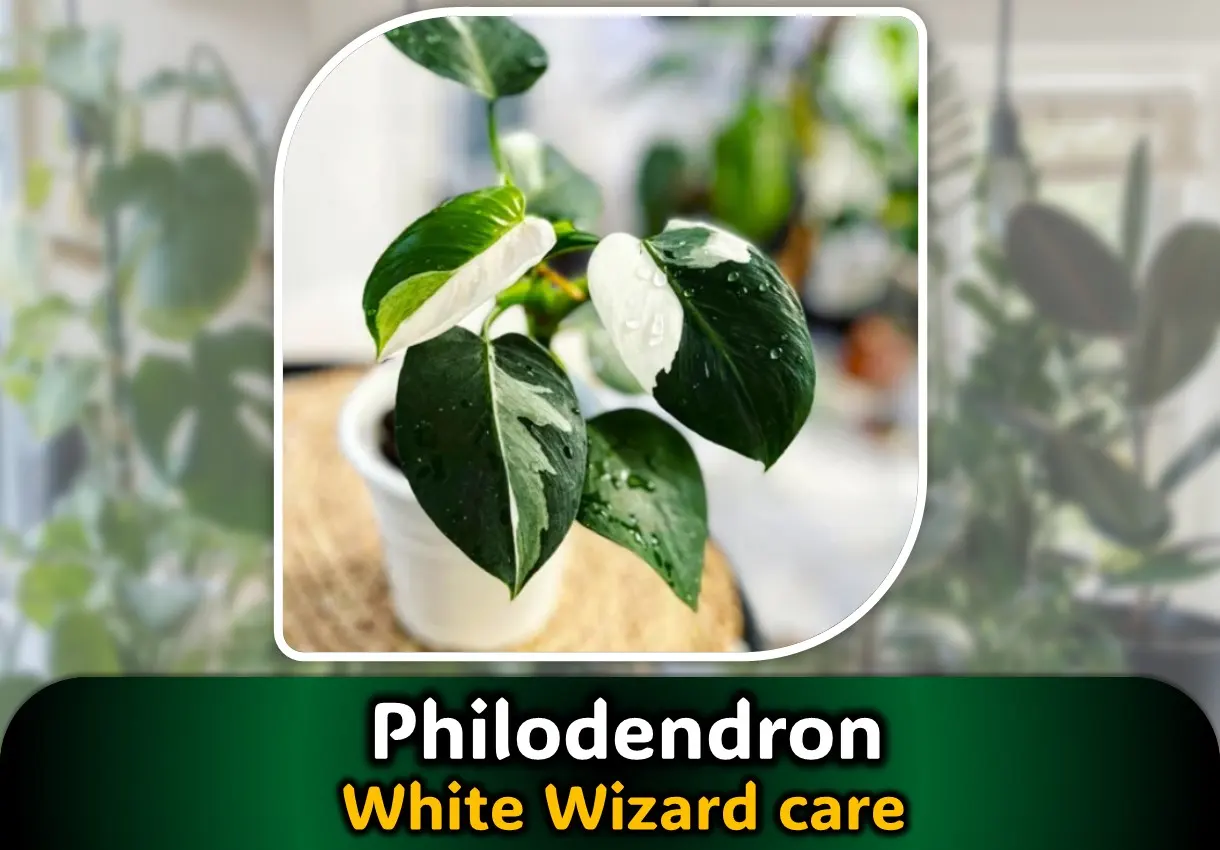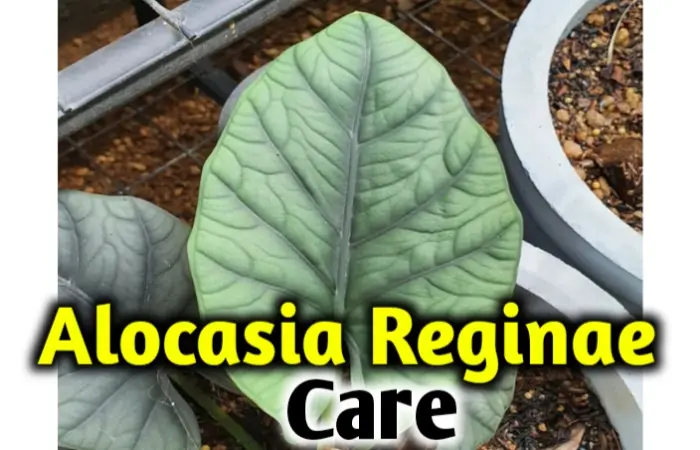Alocasia Odora care, propagation, leaves problem [All you need to know]
How do you care for your alocasia odora plant on busy days?
Alocasia odora, remaining under the genus alocasia and family Araceae, is a beautiful, large growing plant having upward green-colored leaves.
They are favorable to many people for their hardy nature of surviving through adverse situations. As I have them in my garden, I have experienced many things about them like their appearance, propagating system, problems and benefits of them.
So, apply my experiences in your garden if you enjoy it and feel the necessity to apply to your place.

Overview
| Scientific name | Alocasia odora |
| Other names | Night scented lily, Asian taro, giant upright elephant ear |
| Family | Araceae |
| Origin | East and Southeast Asia |
| Plant height | 0.5-1.6m (4-8ft) |
| Plant type | Evergreen perennial plant |
| Leaf | Brightly green and paddle-shaped leaves |
| Stem | Tuberous stem |
| Sunlight | Bright indirect light |
| Watering | Once a week |
| Humidity | At least 70% |
| Temperature | 59°F to 86°F |
Where to buy alocasia odora?
To purchase alocasia odora, you can simply contact the local nurseries in your localities. If the plant is not available there, you may ask them to manage it for you. Otherwise, you can order it from online nursary.
Alocasia odora plant care guide
Though alocasia odora is a hardy plant, you need to take proper care of them for their perfect growth and development. Check their caring requirements.
How much light does alocasia odora need?
To be more specific, alocasia odora loves to remain in bright sunlight for 6 to 8 hours. But that should not be directly falling on them. Scorching sunlight for several hours may cause leaf burn or prolong their stems. As a result, they cannot provide enough energy to nourish their foliage.
Watering guide for alocasia odora plant
Alocasia odora has some xerophytic characteristics in its tissues. As a result, they can modify their leaves to store water in them. Again, they can withstand drought. So, to facilitate their system, water once a week in case of dry soil so that water cannot stand in the root zone.
Which is the perfect soil for alocasia odora?
The best soil for the alocasia odora plant is sandy loam which can reduce the loss of water and nutrients. Again, due to the sandy texture, the water does not stand in the soil if the drainage system is well-established. But make sure that the soil is nutrient-enriched.
Temperature and humidity for alocasia odora
Alocasia odora loves to stay at high temperatures and high humidity. Temperature remaining between 59°F to 86°F is perfect for their overall development.
On the other hand, their favorable moisture percentage is 70% or more. Such humidity may save the leaves from dying or yellowing.
Best fertilizer for alocasia odora plant
I can suggest two types of fertilizers which may provide vigorous growth to the plant. Firstly, you may use organic fertilizers like cow dung, mustard oil cake etc.
Later, you can use industrial fertilizers. Whatever you may use, it should be a good source of nitrogen, potassium and phosphorus.
Alocasia odora plant propagation
If you want to propagate this beautiful plant in your garden, you just need to go through some easy procedures.
Selecting a healthy mother plant
Before starting the propagation method, you have to choose a perfect mother plant as this plant will regulate the condition of the new plant.

Cutting the rhizome
After selecting the plant, uproot the plant from the soil and divide the stem part with scissors or a knife which has been disinfected before.
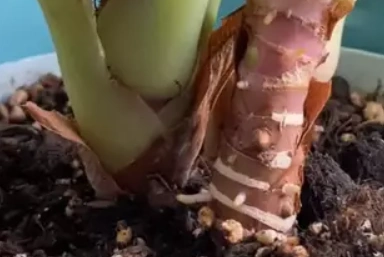
Planting the cutting in the pot
Plant the separated cutting in the prepared soil mixture of sandy loam soil and coco-peat.
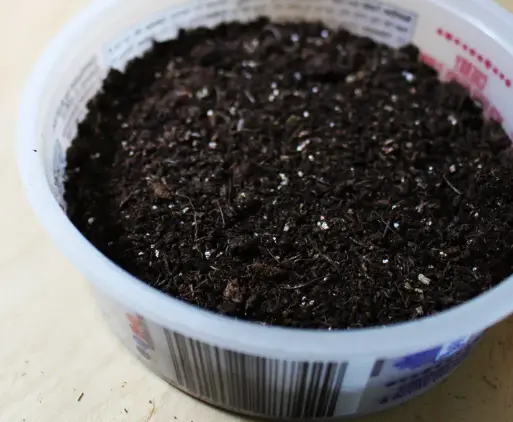
How to repot alocasia odora plant
Repotting is a mandatory intercultural operation for alocasia odora plants to sort out the root-bound problem. So to repot this plant, firstly bring out the whole plant with the soil surrounding the root consciously so that the root system is not damaged. Then keep the plant in a large pot and cover the plant with new soil and water it.
Why isy alocasia odora leaves turning brown?
Alocasia odora leaves may turn brown due to overwatering. In this case, the root system gets hampered and it doesn’t transfer nutrients to the leaves. As a result, the pigments are deformed and the leaves turn brown.
Why are my alocasia odora curling?
Alocasia leaves become curly because of underwatering and pest attacks. If the sunlight is too high, the cell sap and water of the stromata get dry which makes the leaves stressed. As a result, they cannot continue the normal formation and get curly.
Alocasia odora vs Jumbo Elephant Ear plant
Elephant ear plant-jumbo can much resemble alocasia odora. The leaf size, venation, stem pattern and leaf surface all the characteristics are almost the same. The only difference remains in the leaf pattern. Odora plants’ leaves go upward and jumbo plants have downward going leaves. Thus, you can differentiate them.
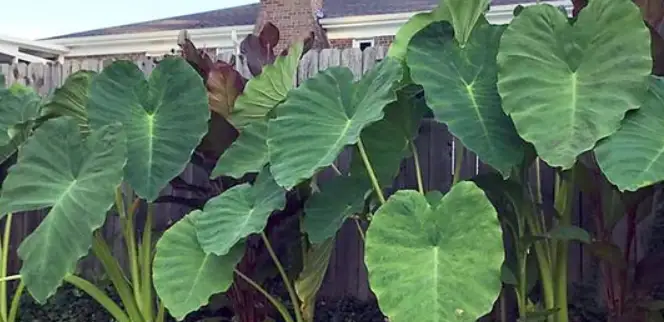
Alocasia Odora vs Colocasia Esculenta plant
The colocasia genus is like a brother of alocasia. That’s why you can see similarities between colocasia and odora. You can identify the colocasia by their leaves which are wider than odora. Otherwise, the rest of the characteristics are relatable.

Alocasia Odora vs Black Stem plant
Lastly, I want to compare the odora plant with the alocasia black stem. They have black-colored petioles whereas odora consists of green petioles. Again, the leaves are downward whereas odora has upward leaves.
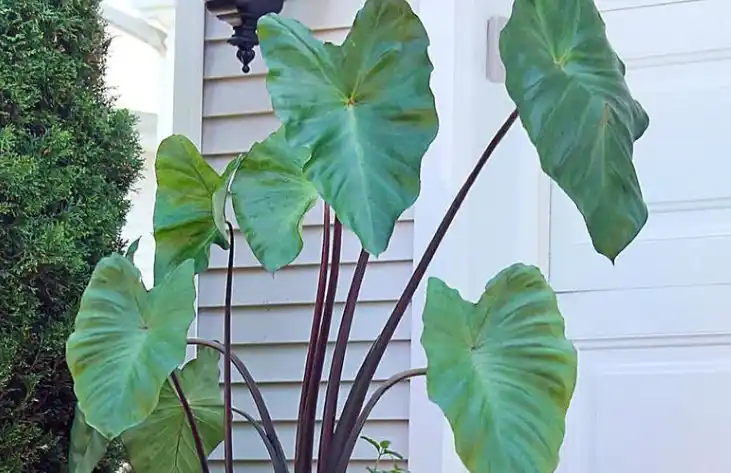
Is there any variegated form of alocasia odora?
Yes. There is a hybrid variegated variety of alocasia odora that can grow up to 3 feet high. You will find a combination of creamy white and green-colored leaf surfaces in that plant.
Is alocasia odora edible?
No. Alocasia odora is not edible because of the presence of calcium oxalate crystals. They create irritation and itching in the skin, especially for those who have allergic problems. Different food poisoning cases are also recorded for eating odora.
Final thoughts
So, this is the final point where I have to end my speeches about alocasia odora. All the necessary information related to alocasia odora is provided here to make you conscious of your plant.
You have to meet all the requirements of your plant which can be both technical and environmental. But, you don’t need to spend several hours on it. You can take care of it any time according to your daily schedule and must observe their changes. Thus, you may keep your odora in good health.

![Alocasia portei care, propagation, leaves problems [All you need to know]](https://diaryforgardening.com/wp-content/uploads/2022/09/Alocasia-Portei-Care.webp)
![Alocasia melo care, propagation, leaves problem [all you need to know]](https://diaryforgardening.com/wp-content/uploads/2022/09/Alocasia-Melo-Care.webp)

![Alocasia reversa care, propagation, leaves problem [All you need to know]](https://diaryforgardening.com/wp-content/uploads/2022/09/Alocasia-reversa-Care.webp)
